Ageing is a normal, genetically dictated physiological process. Sixty-five years was selected as the dividing line between middle-aged and elderly individuals by Germany in 1880s & United States in 1900s; people above 65 are termed as geriatric. Any citizen above 60 is considered as a ‘Senior Citizen’ or ‘Elderly’ in India.
There is a gradual 2.3% increase in the population of those 65 years or older. Currently, there are about 600 million people aged 60 years or older; this figure is expected to double by 2025. India has a vast population of more than 1.2 billion and around 100 million elderly in 2012, and the number is expected to increase by 323 million by 2050. It is constituting 20% of the total population of our country.
As dentists, we mainly provide dental treatment in the form of preventive and restorative measures to the elderly. The preventive measures include enforcing oral health-maintaining behaviour such as toothbrushing twice daily, use of fluoride toothpaste, daily interdental cleaning and avoidance of sugar.
It is highly recommended that geriatric patients make dental visits at least every six months for clinical re-evaluation irrespective of their dentate status. The restorative measures include restoring jaw structures, gingival margins, discoloured teeth, missing teeth, etc. So, while we are at it, let us see the age-related oral changes the elderly group of patients undergo.
Age-related Oral Changes
Teeth
Tooth gets affected due to wear and attrition; colour gets altered due to changes in dentin thickness, loss of translucency and pigmentation of anatomical defects. The changes in enamel include attrition, erosion, abrasion, fluoride content increases, enamel cracks and enamel lamellae increase. The changes in the dentin are due to the pathologic effect of dental caries, abrasion, attrition or other operative procedures leading to the formation of reparative dentin, dead tracts and sclerotic dentin.
In the case of pulp, there is a reduction in the size of the pulp chamber and the number of cells. There is an increase in collagen fibres, narrowing of blood vessels, degeneration and loss of nerve fibres and pulp calcifications. An increase in cementum thickness at the root is seen by 5 to 10 times with increased incidences of hypercementosis.
Periodontal Ligament
An increase in the number of fibroblasts with more significant collagen and elastic fiber content, by contrast, a decrease in organic matrix production. The width of the periodontal space increases with occlusal loading.
As we age there is thinning of cortical bone, increase in porosity, loss of trabeculae, cellular atrophy and sclerosis. In the case of the maxilla, maxillary teeth are directed downward and outward due to which bone reduction is upward and inward. The resorption on the outer cortex is more significant and more rapid because the outer cortical plate is thinner than the inner cortical plate.
Thus, the maxilla becomes smaller in all dimensions and the denture bearing area decreases. Whereas the mandibular ridge resorbs primarily on the crest of the ridge leading to a reduction in the residual ridge height. As a result, the mental foramen lies at or near the level of the upper border of the ridge. The genial tubercles appear projected above the upper border of the mandible in the symphyseal region. The cortical bone at the angle of mandible becomes thinner.
Oral Mucosa
Oral mucosa in the elderly turns thin, smooth, dry-satin like with the loss of elasticity and stippling making it more susceptible to injury and decreased repair potential. The gingiva loses stippling and becomes edematous in appearance. Due to the thin keratinized layer, gingival tissue is easily injured. Gingival recession and loss of periodontal attachment are common findings.
Salivary Changes and Challenges
Salivary flow reduces due to salivary gland atrophy. There is a decrease in ptyalin and increase in mucin. The viscous and ropy saliva results in plaque formation and growth of cariogenic bacteria. Xerostomia is a common finding either due to systemic disease, medications or therapeutic head and neck radiation.
Tongue and Taste Changes
The tongue has a smooth, glossy or red and inflamed appearance with disturbed taste sensation. Soreness and burning sensation are commonly encountered in post-menopausal women. Another common finding is the presence of varicose veins on the ventral surface of the tongue.
Mastication and Deglutition
In partially or fully edentulous patients, the masticatory ability further decreases. Biting force is said to be decreased by 16% of its original value in older patients. Ultrasound imaging studies have assessed that the oral and pharyngeal phases of swallowing are longer in the elderly than younger adults.
Common Oral Disorders in Older Adults
- Oral Mucosa Cancers, Vesiculobullous, Ulcerative, Inflammatory diseases
- Dentition Root caries, attrition, fracture/chipping
- Periodontium Gingivitis, Periodontitis, abscesses, tooth loss.
- Salivary Glands Hypofunction, Cancers
- Sensory Function Olfactory dysfunction, Dysgeusia
- Motor Dysfunction Dysphagia, aspiration, masticatory muscle weakness
- Pain Sensation Atypical facial pain, Burning mouth syndrome, Trigeminal neuralgia, TMDs
- Prosthesis Atrophic mandible, ill-fitting dentures, inflammatory lesions secondary to ill-fitting dentures, poor denture hygiene
Special Considerations
Geriatric patients should be explained about the treatment plan in simple language. Begin with the most critical information to be conveyed first and try to limit new information as much as possible. Write instructions in a language understood by them or their caretaker and provide useful educational material. Use teach-back method to confirm patient understands.
Teach–Back Method: Confirmation of Understanding
Do not ask a patient “Do you understand.”
Ask the patient to explain or demonstrate
Avoid closed-ended yes/no questions, instead, ask questions that begin with “How” and “What.”
Information should be organised such that the most important points stand out and repeat this information.
Conclusion
Older adults are the most rapidly growing segment of the world population. Hence, dentists must possess the knowledge to manage older adults, age-related oral changes and the common oral disorders affecting the elderly to enhance their quality of dental treatment.
References
- Dhankar K, Ingle N A. Geriatric Dentistry: A Review. J Oral Health Comm Dent 2013; 7(3)170-173
- Issrani R, Ammanagi R, Keluskar V. Geriatric Dentistry – Meet the need. Gerodontology 2012; 29: e1–e5
- Greenberg MS, Glick M, Ship JA. Burket’s Oral Medicine. 10thed. New Delhi: CBS
- Greenberg MS, Glick M, Ship J A. Burket’s Oral Medicine. 12thed. New Delhi: CBS

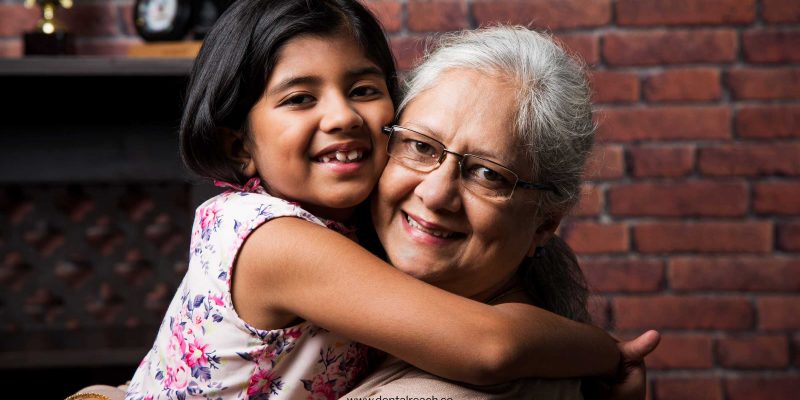



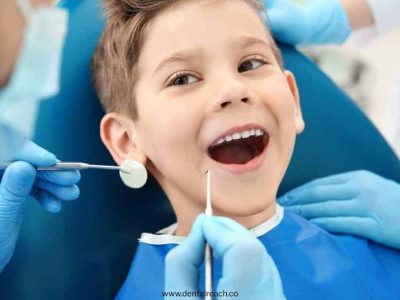
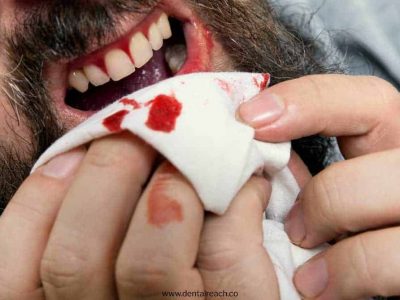
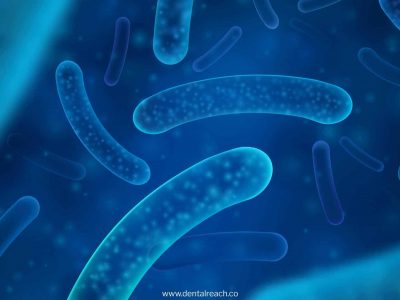
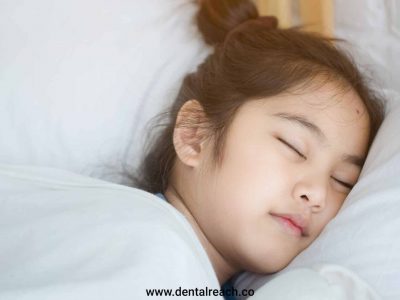
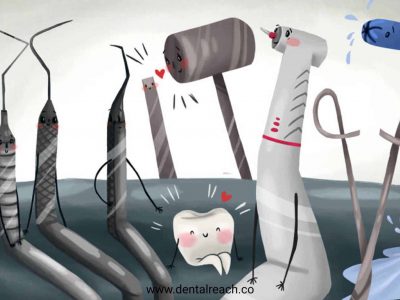
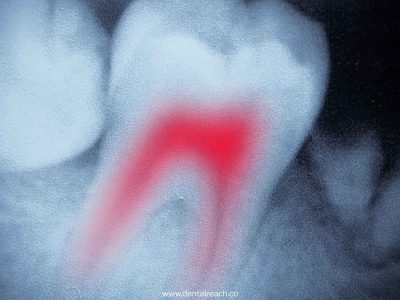









Informative! ????????